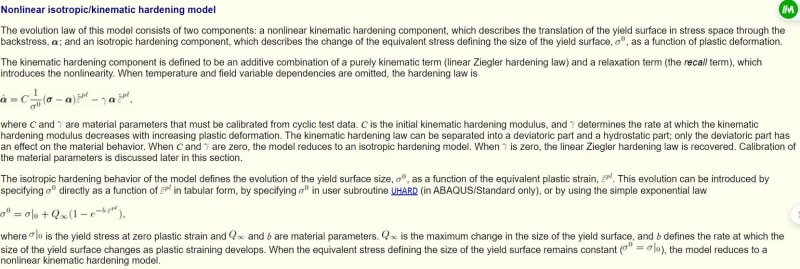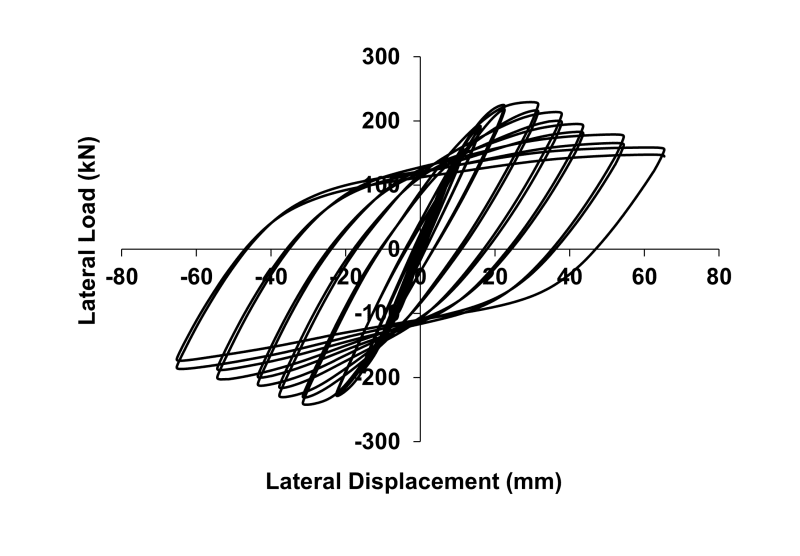Wonder_Women
Civil/Environmental
Hi
I am modelling a steel tube filled with concrete under cyclic loading. For concrete, I am using the Concrete damage plasticity model with damage parameters. and for steel, I am using the Kinematic hardening (KH) model. But with the KH model, I am getting weird results, which I cannot figure out how to resolve. To check whether FE model is right or not. I have used Isotropic Harding, and it worked (I have attached a hysteretic graph for the same). But when I used Kinematic hardening my hysteresis graph is weird (watched the graph). I am also attaching material properties as well as cyclic loading for your reference.
Can anyone help me understand why my displacement in the hysteresis curve with the KH model differs from what I defined? Both hysteresis curves are for the same cyclic loading (excel sheet attached).
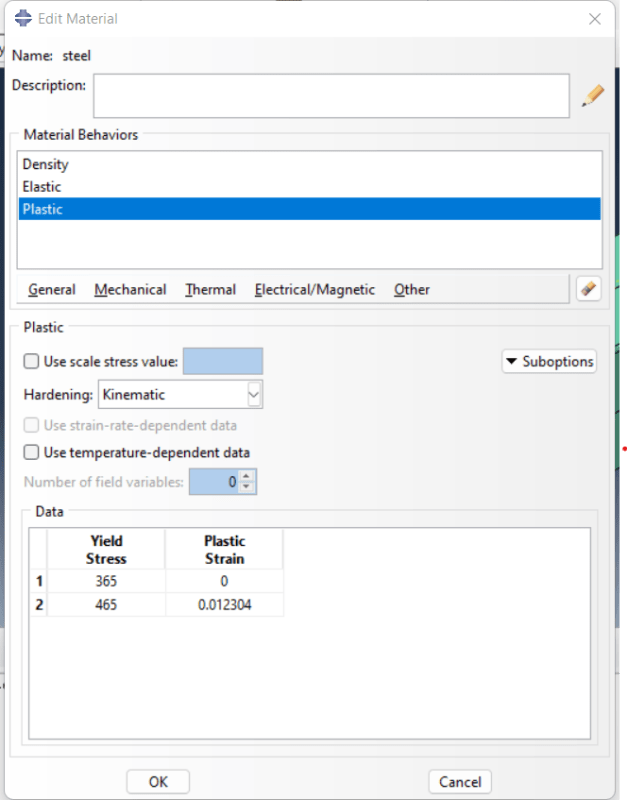
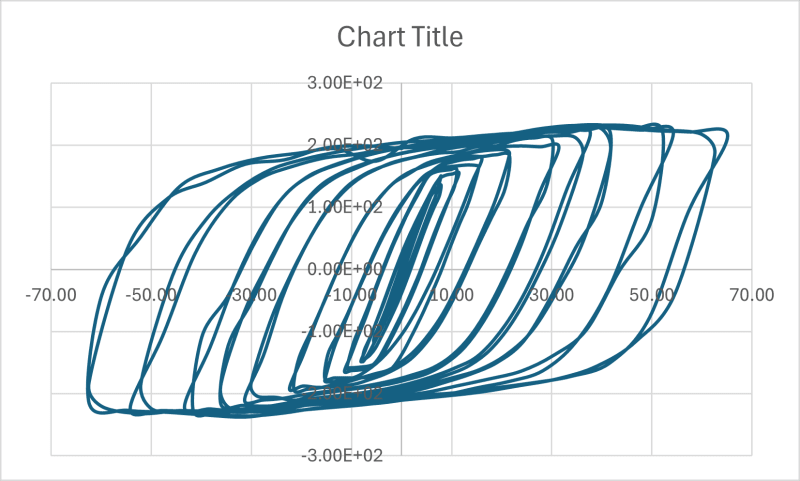
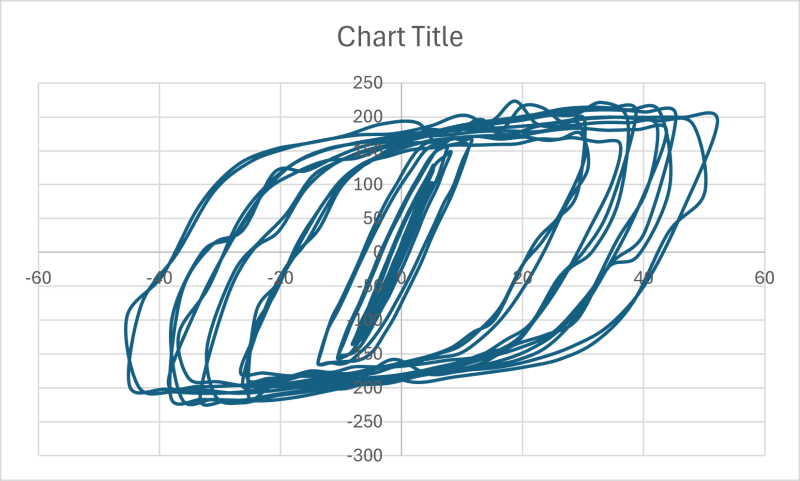 loading protocol??
loading protocol??
I am modelling a steel tube filled with concrete under cyclic loading. For concrete, I am using the Concrete damage plasticity model with damage parameters. and for steel, I am using the Kinematic hardening (KH) model. But with the KH model, I am getting weird results, which I cannot figure out how to resolve. To check whether FE model is right or not. I have used Isotropic Harding, and it worked (I have attached a hysteretic graph for the same). But when I used Kinematic hardening my hysteresis graph is weird (watched the graph). I am also attaching material properties as well as cyclic loading for your reference.
Can anyone help me understand why my displacement in the hysteresis curve with the KH model differs from what I defined? Both hysteresis curves are for the same cyclic loading (excel sheet attached).




